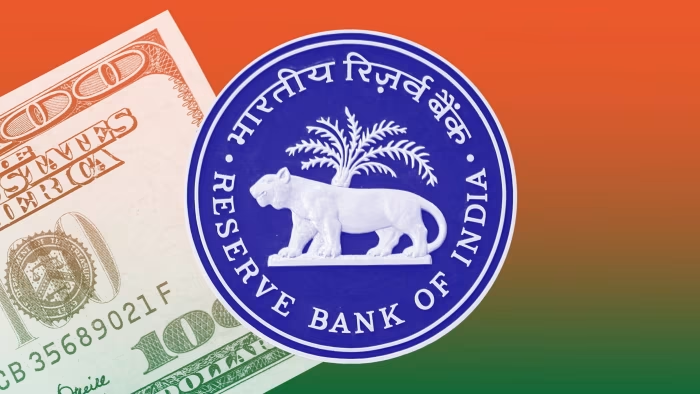Mattel (MAT) shares have shown modest gains over the past month, catching some attention from investors looking to understand recent movements. While the news front has been quiet, the steady performance warrants a closer look at underlying metrics.
See our latest analysis for Mattel.
Mattel’s recent momentum is hard to ignore, with a 7.5% share price return over the past month and an impressive 11.8% gain year-to-date. These moves build on a solid foundation, as the company has also delivered a 6.1% total shareholder return over the last year. This may signal that investor confidence could be gradually gaining traction.
If you’re interested in finding stocks with similar upside or renewed momentum, now’s the perfect chance to broaden your investing universe and discover fast growing stocks with high insider ownership
With shares trading about 20 percent below analyst targets and modest underlying growth, is Mattel overlooked by the market, or is optimism already reflected in its price? Is this a genuine buying opportunity, or is future growth already accounted for in the current price?
Mattel is currently trading at a price-to-earnings (P/E) ratio of 14.3x, which reflects how investors value its earnings relative to the share price. At the last close of $19.83, this multiple suggests the stock is attractively priced, especially when compared to its fair value metrics.
The P/E ratio is widely used for consumer durables companies because it helps investors assess how much they are paying for each dollar of earnings. For Mattel, being priced at 14.3x earnings indicates a market expectation of steady, but not exceptional, profit growth.
This valuation appears even more appealing in context, as the industry average stands at 21.2x. This means Mattel is being valued at a significant discount to its global peers. Additionally, our estimated Fair Price-to-Earnings Ratio for Mattel is 15.3x, which is higher than where the shares are currently trading. If market sentiment were to shift toward the fair or industry multiple, the share price could move up meaningfully.
Explore the SWS fair ratio for Mattel
Result: Price-to-Earnings of 14.3x (UNDERVALUED)
However, softer revenue growth or unexpected industry headwinds could quickly offset the current momentum and affect the stock’s valuation in the future.
Find out about the key risks to this Mattel narrative.
Looking at Mattel through the lens of our DCF model offers a sharper contrast. The SWS DCF model estimates a fair value of $46.10 per share, which is substantially higher than the current market price. This suggests the stock could be deeply undervalued if the growth assumptions hold up. Could this large gap signal greater upside, or are investors missing risks hidden in future projections?







